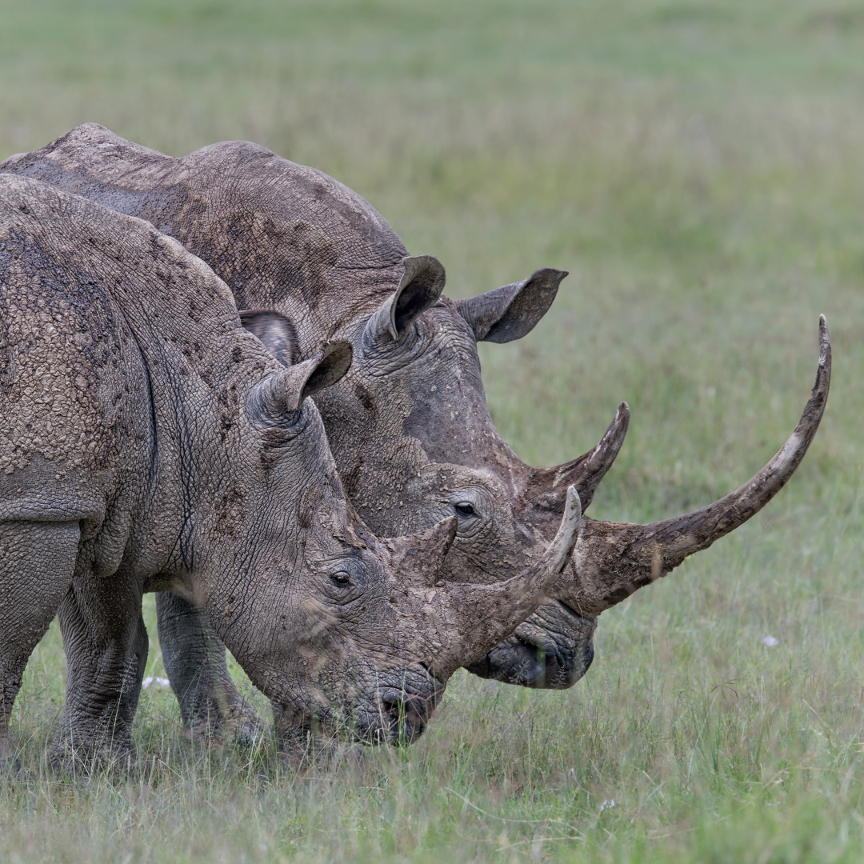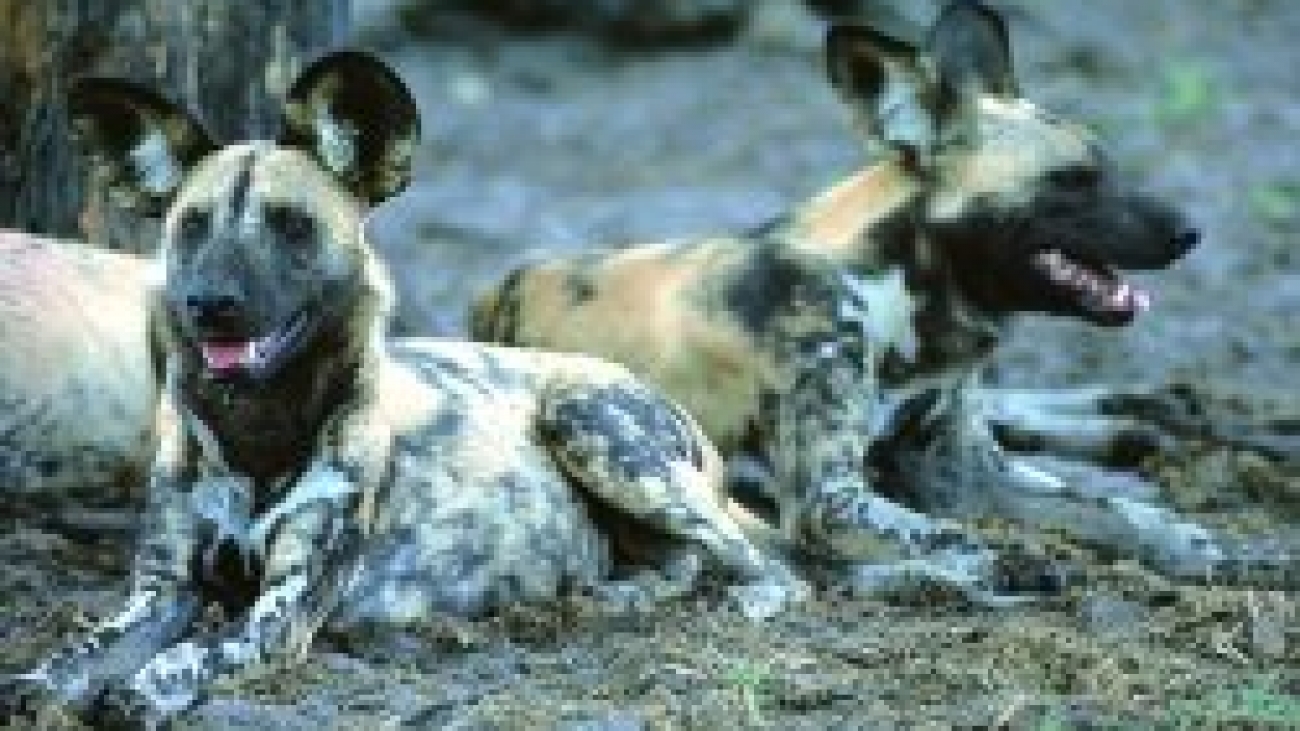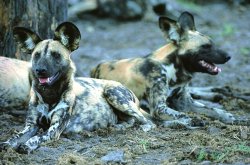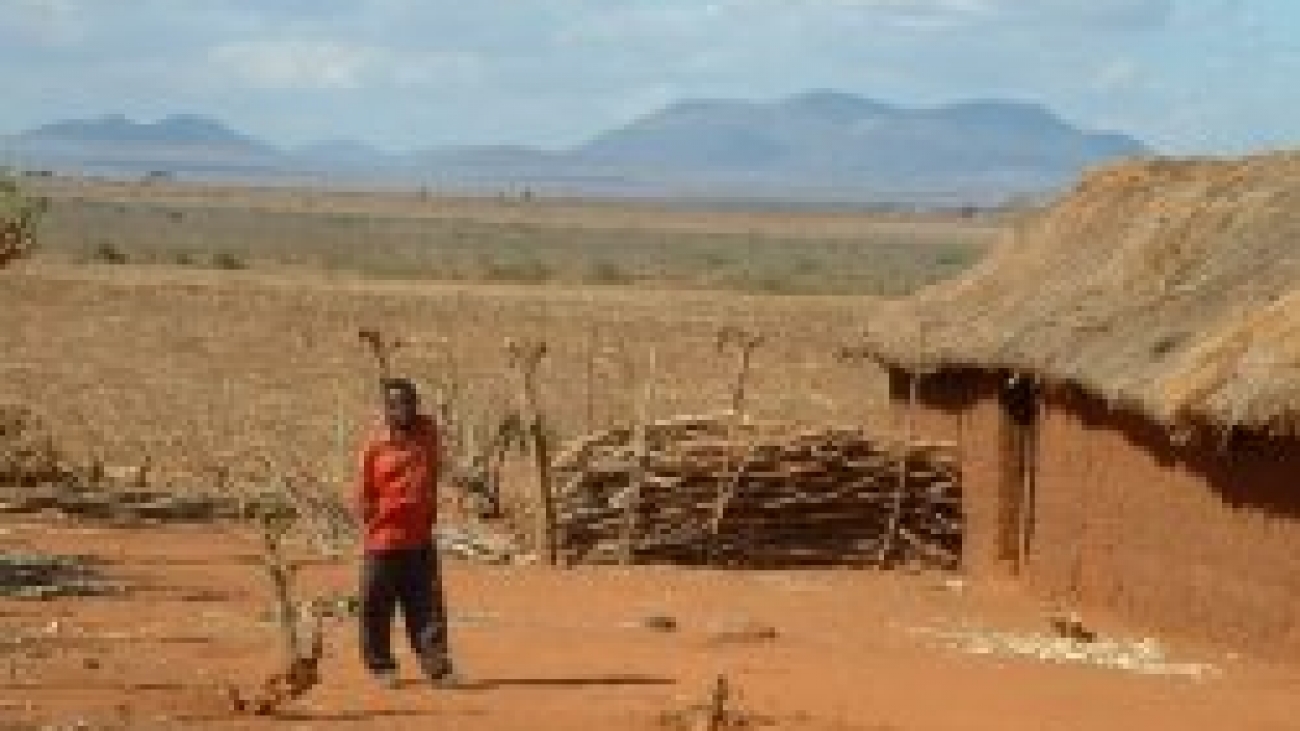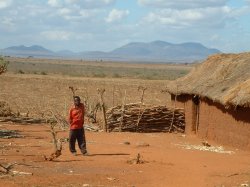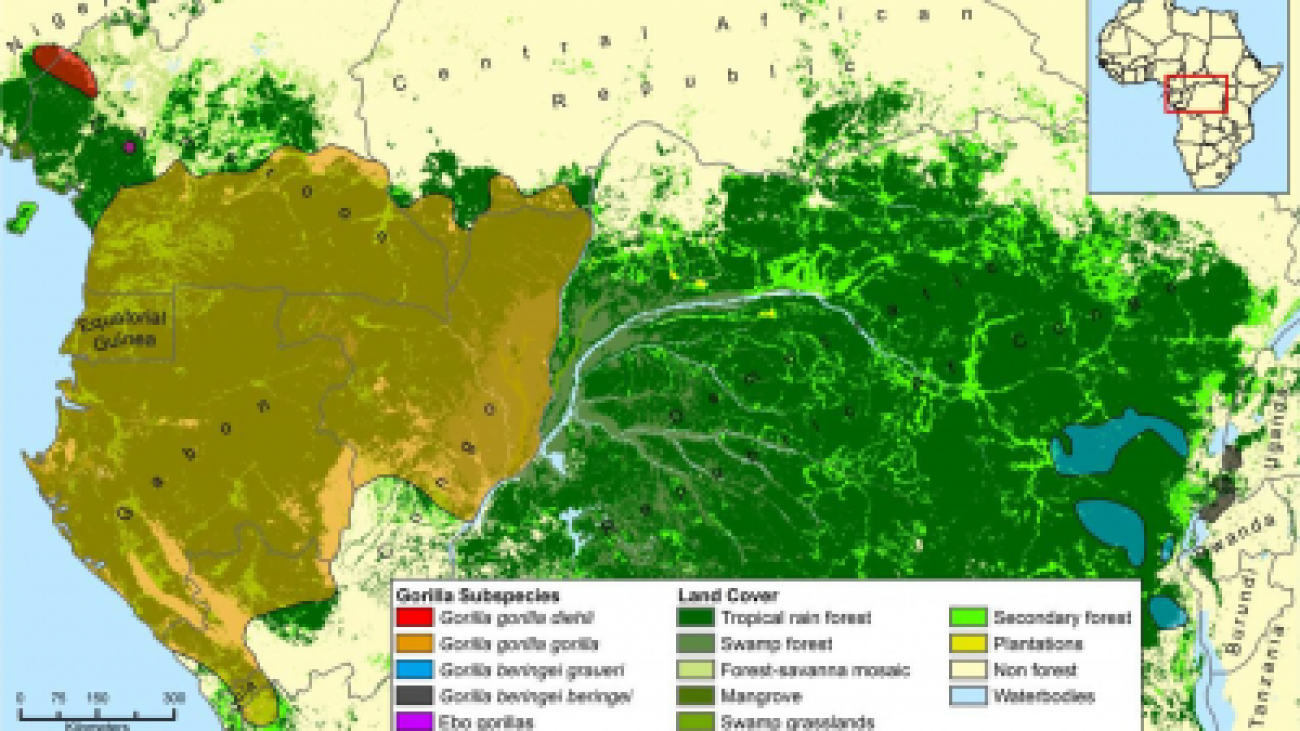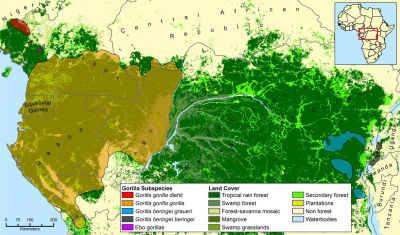As part of the DSPA Ecotourism Programme, a Primate Habituation Programme (PHP) was launched in 1997 with the main aim to habituate western lowland gorillas for tourism and research. To date, the PHP has successfully habituated three western lowland gorilla (WLG) groups while two additional groups are presently undergoing habituation. The PHP employs 60 local people as trackers (the Ba’Aka) and guides, based in two forest camps; Bai Hokou and Mongambe. Apart from being a source of employment to the local people the programme plays a vital role in DSPA’s management strategy by generating significant revenue and strengthening the vital link with the community, hence acting as an important conservation tool. Up to 2011 the PHP received about 550 tourists annually; including film crews and international journalists. Additionally, extensive research has been carried out from the PHP sites, resulting in numerous scientific publications. By 2012, gorilla tracking fees covered about 75% of the direct operational costs of the PHP and projections showed that the programme could potentially become self-sustainable by 2016. Gorilla tourism at Dzanga-Sangha thus can be considered one of the most successful WLG tourism and research programme in central Africa.
With the above challenges it might be debated as to whether or not it is worth struggling to assure the continuous functioning of the PHP under such challenging circumstances. However, numerous arguments for supporting the project’s continuation emerge especially as calm slowly returned to the region. Indeed it can thus also be argued that the PHP is a treasure to be jealously guarded, even through the most difficult periods imaginable.
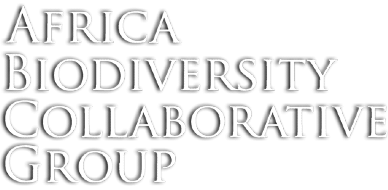
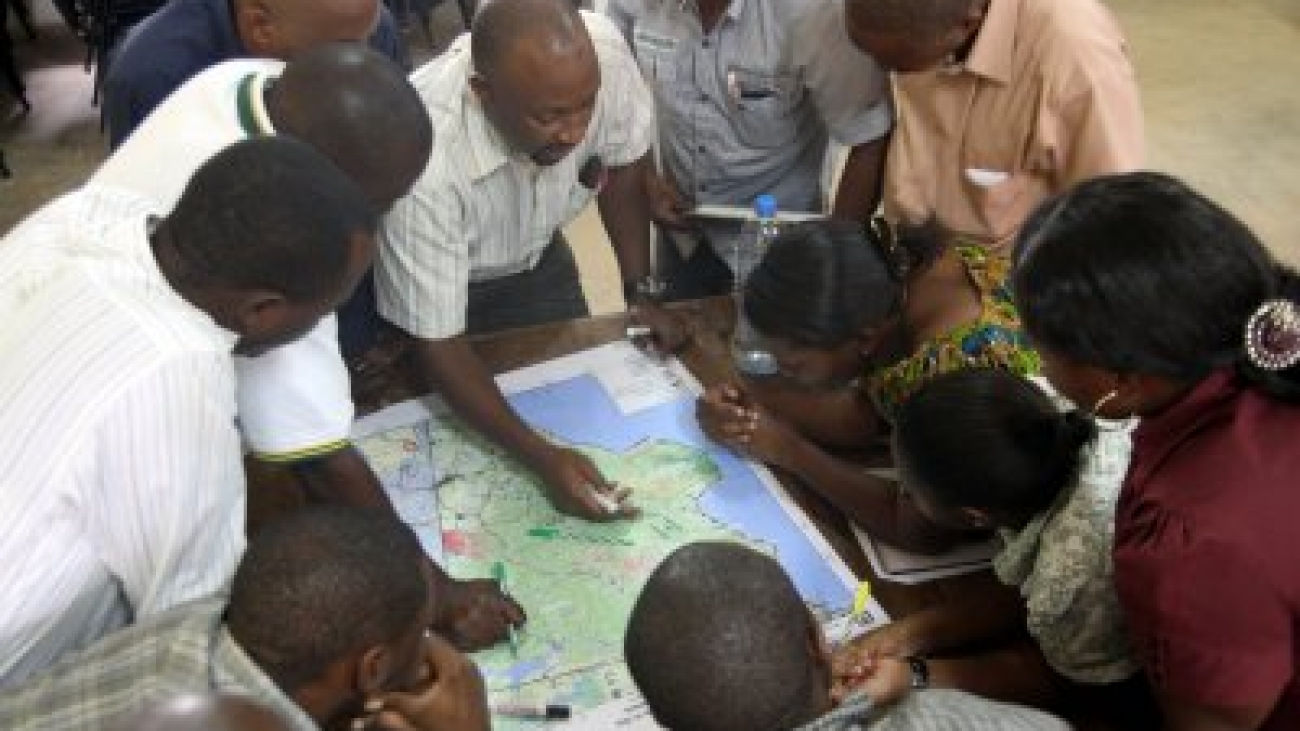
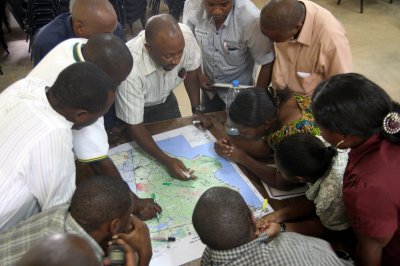
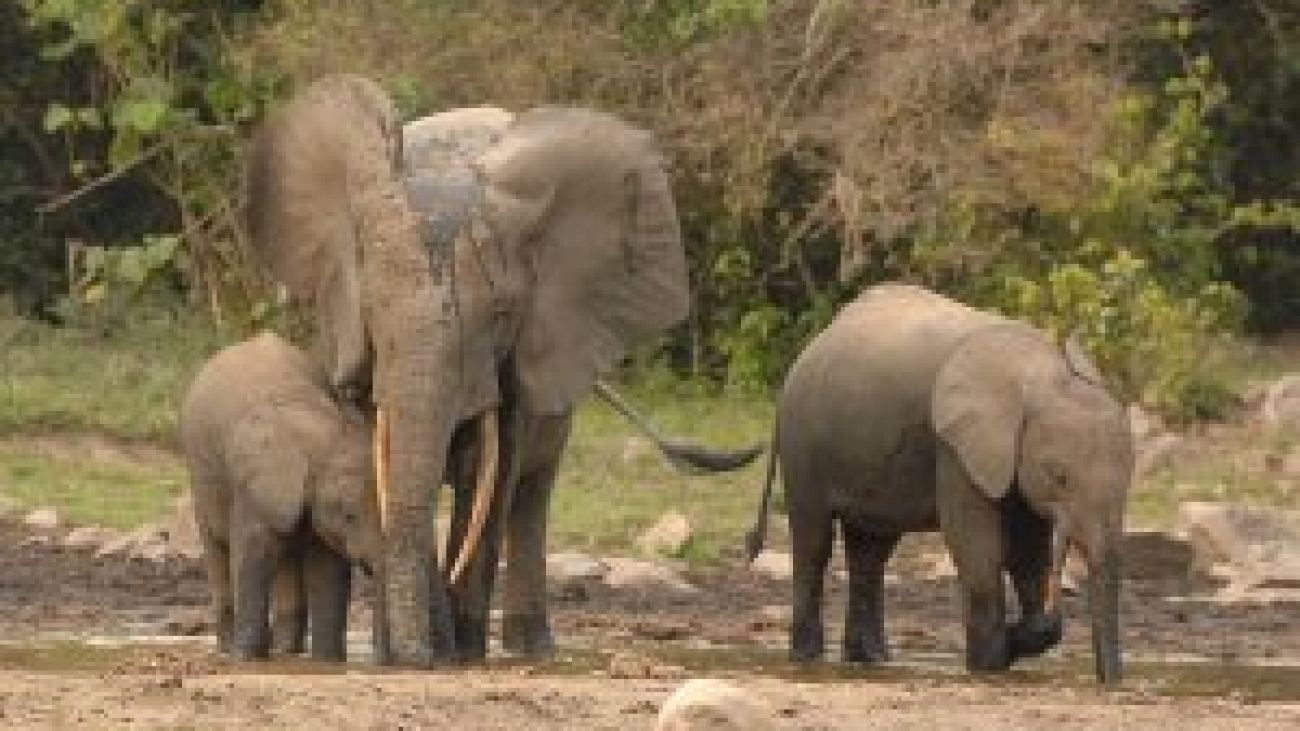
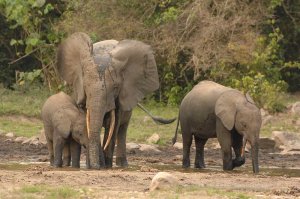 Currently, poaching is devastating elephant populations across Africa, especially in DR Congo. Their numbers have been in constant decline due to several factors, key among them the lack of effective law enforcement across the country in the wildlife sector and overall weakness of ICCN, the government institution responsible for protection and nature conservation in the country. In the Okapi Faunal Reserve, for example, the elephant population declined by approximately 75% from 1996 to 2011.
Currently, poaching is devastating elephant populations across Africa, especially in DR Congo. Their numbers have been in constant decline due to several factors, key among them the lack of effective law enforcement across the country in the wildlife sector and overall weakness of ICCN, the government institution responsible for protection and nature conservation in the country. In the Okapi Faunal Reserve, for example, the elephant population declined by approximately 75% from 1996 to 2011.